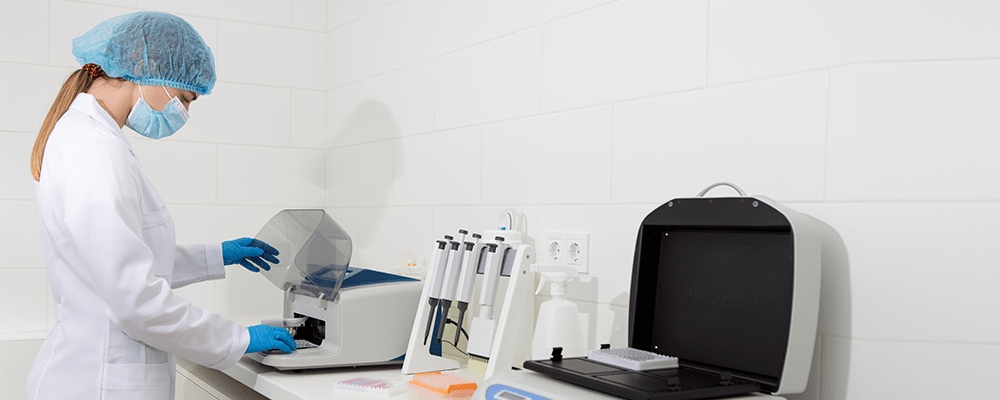
INTRODUCTION
In our last blog on Master protocols, we discussed the definition of master protocol, the types and advantages of using Master Protocol in clinical trials. In today’s article, we will like to present before you the parameters that are kept in consideration while designing a master protocol for oncology drugs and biologics. During the preparation of master protocols, different parameters are kept in consideration like:
- Specific Design Considerations
- Biomarker Development Considerations
- Statistical Considerations
- Safety Considerations
- Regulatory Considerations
SPECIFIC DESIGN CONSIDERATIONS IN MASTER PROTOCOLS
- Use of a single common control arm
FDA recommends the use of a single control arm with the current System Organ Class (SOC) while developing a master protocol where multiple drugs are assessed in a single disease.SOC for the target population can be changed during the conduct of the trial if there is a new drug approval or scientific evidence that makes it unethical to randomize patients based on the previous SOC. During such a situation, FDA recommends the sponsor to suspend patient enrollment until the protocol, the SAP, and the protocol informed consent document are modified to include the new SOC as control.
- Novel combination of two or more investigational drug
While writing a master protocol, where two or more investigational drugs are involved as a combinational product, the sponsor should summarize the following.
- Safety of the combinational product
- Pharmacology of the combinational product
- Preliminary efficacy data for each investigational drug
- Rationale for the use of the drugs as a combination product
- Evidence of any synergistic effect (if any) of the two or more investigational drugs when given in combination.
The FDA strongly recommends that the sponsor ensure that the Recommended Phase II Dose (RP2D) for each drug having antitumor activity should be identified in all cases.
- Studies with drugs targeting multiple Biomarkers
Early discussion of biomarker research strategies is highly encouraged by the FDA when the sponsor plans to use one or more biomarkers to guide patient preference for trials. A defined plan for the allocation of eligible patients should be present. Patient selection studies must be analytically checked with well-defined parameters for master protocols involving drugs that target multiple biomarkers.
- Adding and stopping treatment arms
Before beginning the trial, the sponsor should make sure that the master protocol and its corresponding SAP identify conditions that would contribute to adaptations, such as introducing a new experimental arm or arms to the study, re-estimating the sample size based on the interim analysis results, or discontinuing the experimental arm on the rules of futility.
- Independent Data Monitoring Committee (IDMC)
The master protocol should provide the details of the IDMC that is involved in monitoring the efficacy results and the details of Independent Safety Assessment Committee (ISAC) that is involved in monitoring the safety results. However, the IDMC can perform both the functions of safety and efficacy. For marketing an oncology drug, if the basis of marketing application involves one or more sub studies, FDA recommends the inclusion of independent radiologic review committee to perform blinded tumor-based assessments.
BIOMARKER DEVELOPMENT CONSIDERATIONS
Master protocols assessing biomarker-defined populations should explain the rationale behind the use of that particular biomarker.The sponsor should employ in vitro diagnostic (IVD) tests that are analytically validated, establish procedures for sample acquisition, handling, and the testing and analysis plans as early as possible. The sponsor may need to submit the IVD’s analytical validation data for FDA(CDRH or CBER) to determine whether the clinical results will be interpretable.
STATISTICAL CONSIDERATIONS
If a sponsor introduces randomization into the design of an umbrella trial, the FDA advises that a standard control arm to be used where possible.Bayesian statistical method or other methods for dropping an arm, modifying sample size, or implementing other adaptive strategies can be used in preparation of master protocols. The SAP should include details on implementation of Bayesian or other methods as described in the FDA guidance for industry Adaptive Design Clinical Trials for Drugs and Biologics and the guidance on Enrichment Strategies for Clinical Trials to Support Approval of Human Drugs and Biological Products.Statistical considerations for master protocols can be strategized in four different ways:
- Nonrandomized, Activity-Estimating Design
- Randomized Designs
- Master Protocols Employing Adaptive/Bayesian Design
- Master Protocols With Biomarker-Defined Subgroups
SAFETY CONSIDERATIONS
The sponsor should implement a structured team of ISAC or an IDMC to assess the safety as well as the efficacy of all master protocols.The constitution of this committee and the definition of its responsibilities should be well defined in the IND. A sponsor should not begin a clinical trial until the master protocol has been reviewed and approved by an IRB or IEC. The FDA encourages the use of a central IRB to promote the IRB analysis of master protocols. The sponsor is required to perform a safety review of master protocols more regularly than on an annual basis and supply the investigator with the details.If the master protocol contains proposals to include pediatric patients in the study, the FDA advises that the IRB include a pediatric oncology expert in its team who has expertise with the regulatory criteria for the enrollment of pediatric patients in clinical investigations, including parental approval and consent. The informed consent document should be submitted to the IRB for review.
ADDITIONAL REGULATORY CONSIDERATIONS
Each master protocol should be submitted as a new IND to the FDA. This is done to avoid miscommunication owing to the sophistication of master protocols that may hamper patient safety.If the sponsor is conducting a clinical trial on more than one indication for oncology drugs or biologics, the IND should then be forwarded to the Office of Hematology and Oncology Products at CDER or CBER for approval.
REFERENCE
Master Protocols: Efficient Clinical Trial Design Strategies to Expedite Development of Oncology Drugs and Biologics, Guidance for Industry, Draft Guidance.U.S. Department of Health and Human Services, Food and Drug Administration, September 2018.



